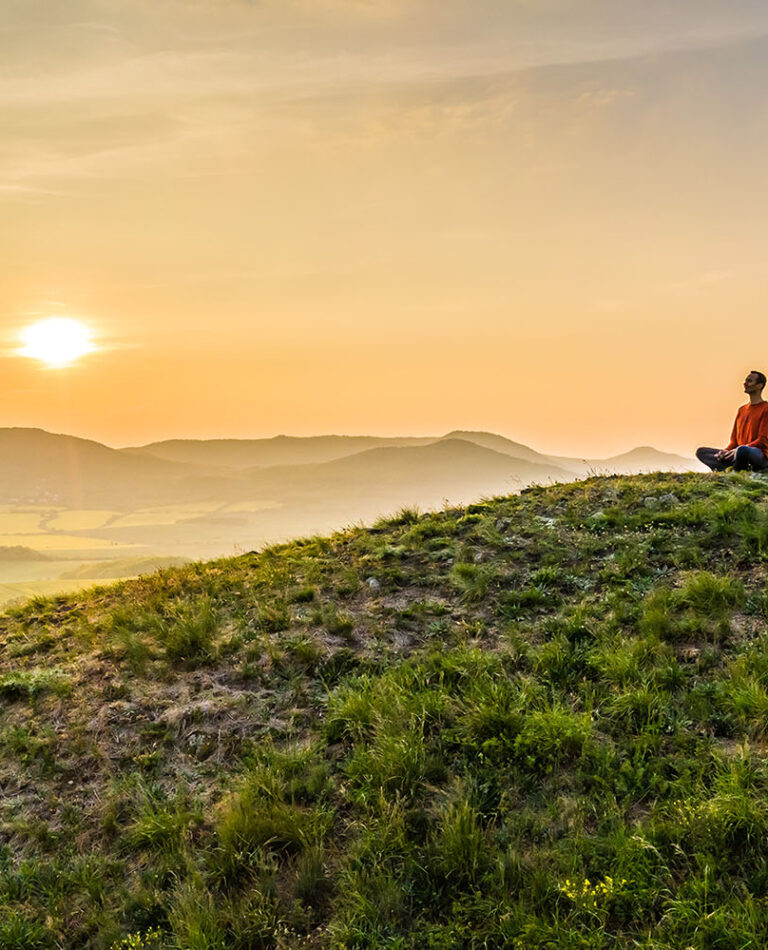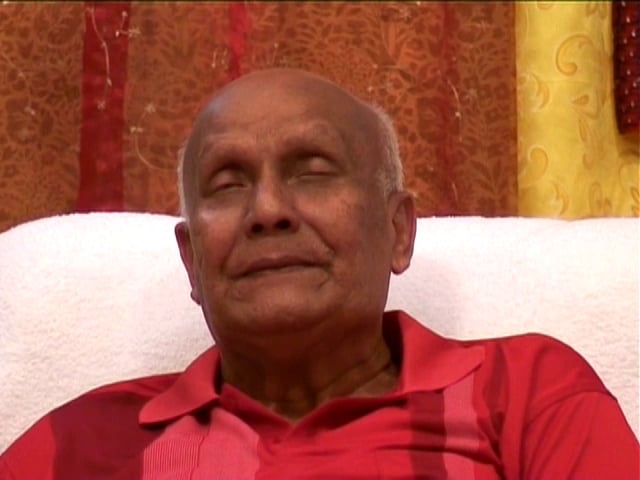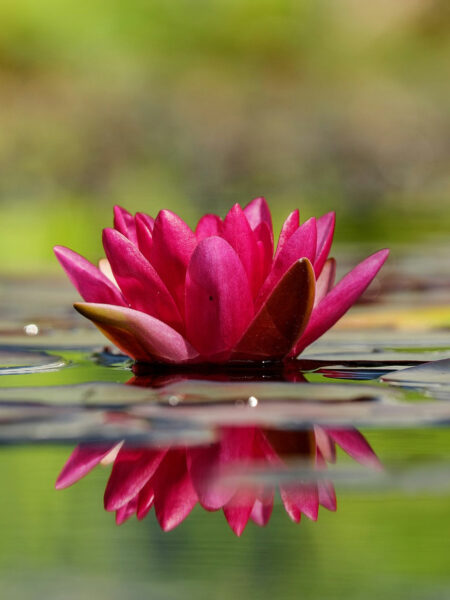
Meditation is natural and simple. It is innate to us as human beings. The best meditation is the one that is spontaneous and that results in a joyous and energizing feeling.
The best way to learn how to meditate is to attend group meditations with people who have some meditation experience. Best of all, however, is to have a true meditation teacher who can inspire you and teach you directly. If such a teacher is not immediately available, group meditations are the best way to start. Even after you learn the ABCs of meditation, attending regular group meditations is very helpful as they strengthen your resolve and your own daily meditation practice.
The Sri Chinmoy Centre in Geneva, founded in the early 1970s, organizes regular meditation classes for beginners as well as experienced meditators alike. Classes are conducted by experienced members of the Sri Chinmoy Centre who have been meditating for a decade or longer. We invite you to sign up (see the registration form) and we will contact you once the group has formed.
While you are waiting for us to invite you for the next meditation class, you can start your own meditation practice at home. Here’s how:
1. Find 5 to 10 spare minutes. Try to be alone in a silent surrounding. It is best if you do this at home (remember to turn off your phone just in case). Meditating first thing in the morning after you wake us is the best, because your mind is calm.
2. Ideally take a shower or wash your face with cold water to feel refreshed.
3. Arrange for a dedicated place for your meditation. You can place some flowers and burn some incense. Having a yoga mat and some pillows to sit on is a good idea.
4. You can sit on the floor or you can simply sit on a chair. The important thing is that you remain comfortable during your meditation session. The main thing is that your spine is straight, yet relaxed. If you sit on the floor, make sure that you have enough support under you so that your hips are slightly higher than your knees.
“… right from the very first day, you will feel the benefits of meditation… during our meditation, if we can drink even a tiny drop from the sea of peace, we shall definitely experience peace in our lives.”
Sri Chinmoy, The Wings of Joy
5. Take a few deep breaths. Relax your face and the rest of your body. Keep your eyes half closed, but not totally closed to avoid dosing off.
6. Concentrate on your breathing. Follow your breath as it flows in and out of your lungs. Do not force your breath. Just become an observer. Concentration exercises are always a powerful gateway to meditation (follow this link to learn the difference between concentration and meditation).
7. If thoughts come to your mind, do not “think” them. As they come in, so let them go out of your mind of their own accord. Do not interact with them, just let them be. A good way to approach this is to imagine that the thoughts are like clouds in the sky: they simply come and go and leave no trace behind them. Continue to concentrate on your breathing regardless of the thoughts. The simple act of following your breath will dis-empower the thoughts and they will not be able to take hold of you.
8. If you prefer and if you feel that it helps calm your mind, you can also listen to some quiet, meditative music of your choice. Check out right below the flute music of Sri Chinmoy that we often use in our classes.
You may also like to watch the video below in which Sri Chinmoy demonstrates how to meditate and explains various aspects of the meditation process.
For more information, please also check out this online meditation course.
Also, please take a look at various meditation exercises in the Exercises section.
If you are looking for inspiration with integrating meditation into your daily lifestyle, make sure you check out our Articles section, which includes helpful posts by experienced meditators.
Good luck and let us know how your meditation practice is going.





